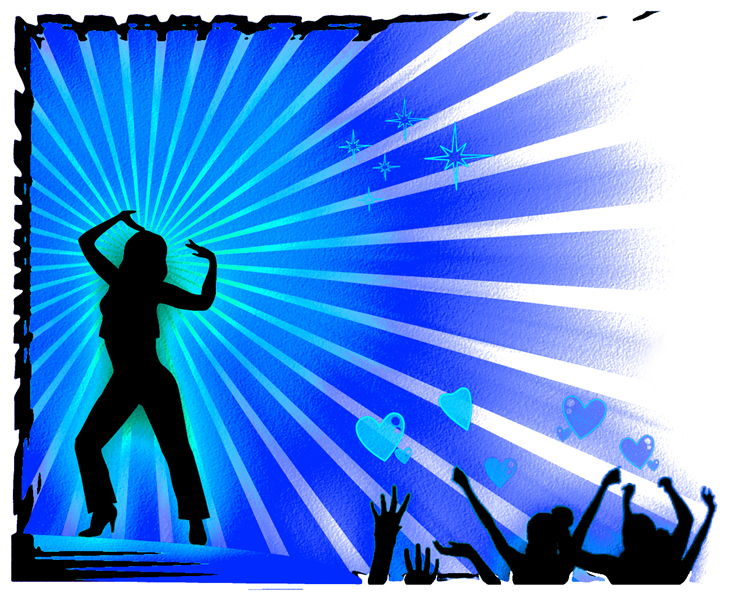Dance Benefits - Dance and Health
From the dawn of our history, doctors came to understand that dancing can provide great benefits to the body's metabolism and health. As the millennia's went by, our knowledge of human body gave us more concrete evidence of the benefits and disadvantages of dance. As a general exercise, dancing can bring many known benefits (such a better performing cardiovascular system, weight control) that can also be produced with many others forms of exercise. However, dancing can bring many other benefits to wide range of our metabolism and psychology.
Here are some most notable benefits of dancing:
- It safely strengthens bones and muscles without the possibility of joint pains to elderly dancers.
- It tones your entire body and controls excessive weight (around 150 calories can be burned in a single 30 minute session od dancing)
- More demanding dance styles can be very effective in using entire potential of your body, shaping it into prime condition.
- Varying amounts of physical exertion enables it possible to be used by dancers of any age. From children to 100 year olds.
- It provides great way to get fit. Regular use will improve your stamina, endurance, strength and general form. With regular use you will improve the capacity of your lungs, better heart condition and muscles.

- Dancing is an excellent exercise for people who are going through rehabilitation. Starting from easy dances can ease you into more serious training and improve your recovery from various injuries (such as heart or knee operations).
- Although it can bring similar amount of exercise as walking, cycling or aerobics, dancing gives you opportunity to meet new people and improve your social interaction skills. You will get the benefits of greater self-confidence, self-esteem, trust and reduced feeling of isolation and exclusion.
- Flexibility is one of the skills that you will most definitely get if you dance regularly. By achieving full range of body motion, you can exercise all the muscles and joints of your body.
- It minimizes the chances of bone disease osteoporosis.
- It increases your spatial orientation, balance and peripheral vision.
- Combination of physical exercise, coordination, and social interaction will increase your mental functioning and memory, especially in old age.
- It reduces stress and frustration.
- Lowers the risk of coronary diseases and high blood pressure.
Becauseit's physical nature, professional dance can often produce very serious injuries. Repetitive choreographies, inadequate diets, moves that test the range of human motion and stress can cause wide variety of injuries. Therefore, high level dancers refuse to dance on the surfaces that are not sprung floor, they regulate their diet, exercise and dance in accord to very strict rules. Even with all the precautions, over 80% of all professional dancers have received at least one major injury during their careers and 93% of dance teachers were forced into that position after career ending injury.
